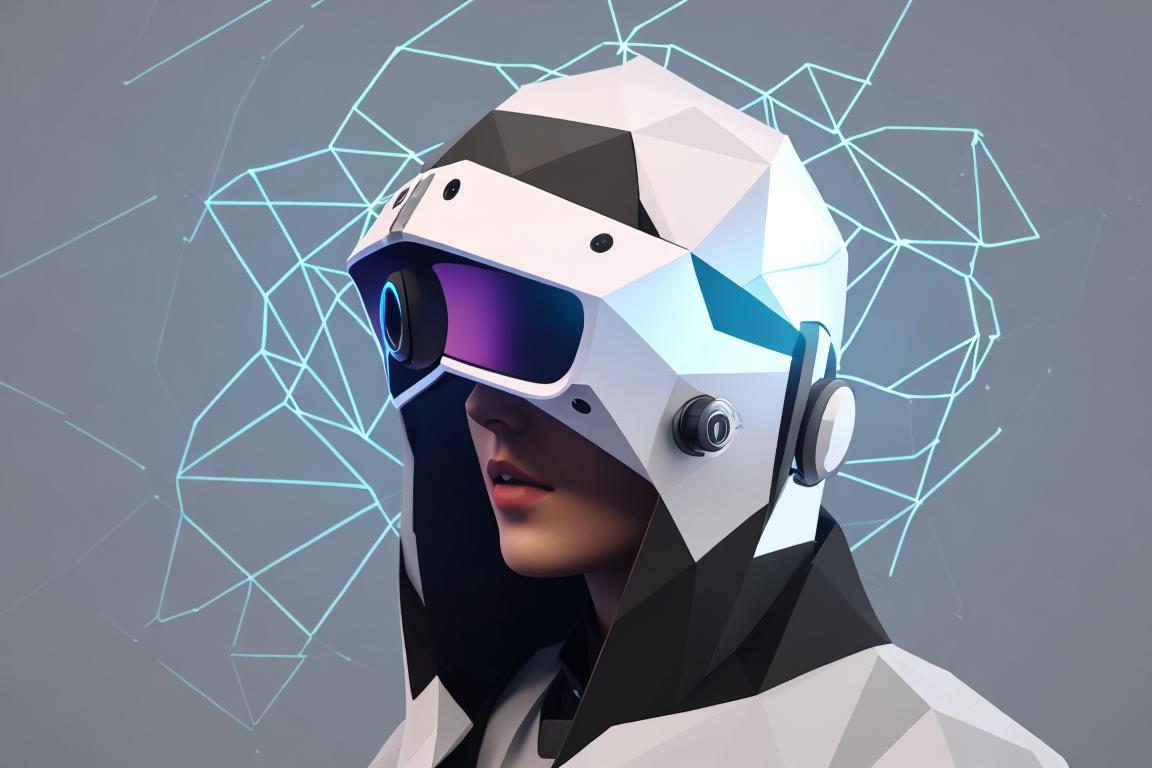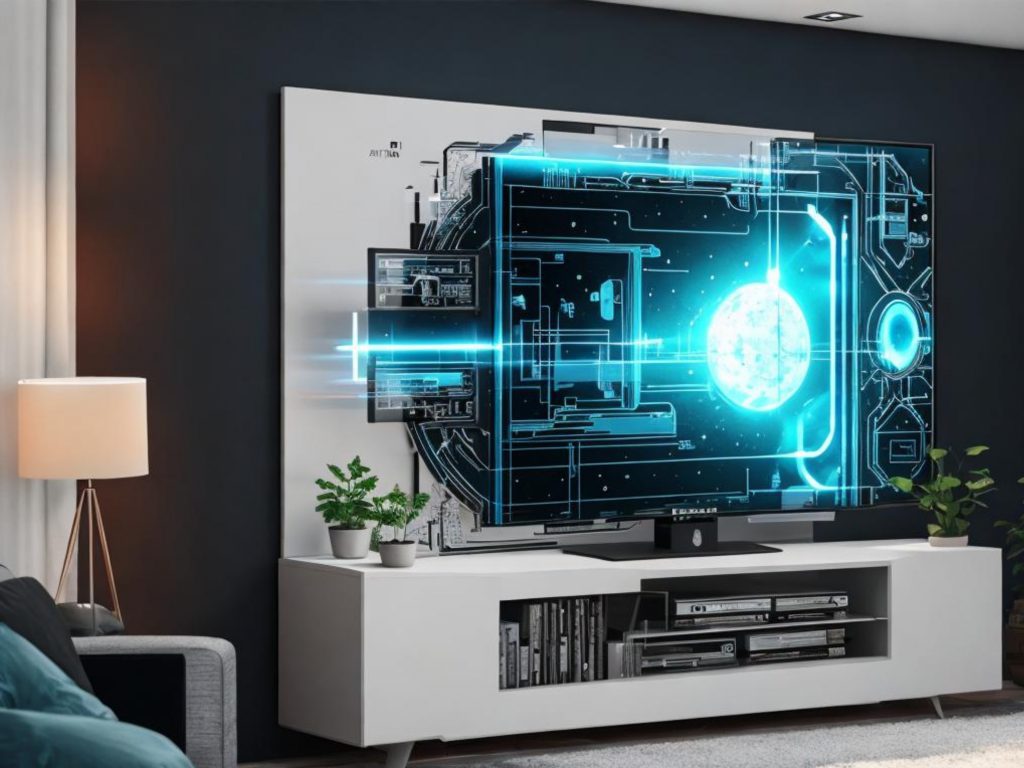
How Future Technologies Like VR, AR, and AI Can Make TV More Inclusive: My Insights
As someone who’s been captivated by the evolution of television — from those clunky black-and-white sets to today’s ultra-thin smart screens — I’ve always been excited about technological advancements. But as much as I admire the sleek designs and high-definition visuals, I’ve come to realize that inclusivity and accessibility often get overshadowed in the excitement. With emerging technologies like Virtual Reality (VR), Augmented Reality (AR), and Artificial Intelligence (AI) making waves, I see a tremendous opportunity to revolutionize the TV experience, making it more inclusive and accessible. Let me take you through how these technologies could reshape the future of television and what current trends are setting the stage for this transformation.
The Promise of VR, AR, and AI in Inclusive TV Design
Virtual Reality (VR)
Imagine slipping on a VR headset and suddenly finding yourself in the middle of your favorite movie scene. For those of us with physical limitations or sensory sensitivities, this kind of immersive experience can be more than just thrilling — it can be transformative.
- Immersive Experiences for All: VR has the power to make content feel incredibly engaging, almost like you’re part of the action. This can be a game-changer for people who might find traditional viewing methods less accessible.
- Customizable Environments: VR environments can be tailored to reduce sensory overload. For individuals with autism or sensory processing disorders, this means a viewing experience that’s comfortable and engaging.
- Enhanced Social Interaction: Virtual spaces in VR can let us watch shows together with friends or family, no matter where we are physically located, fostering a sense of connection and inclusion.
Augmented Reality (AR)
AR overlays digital information onto our real-world environment, adding a layer of interactivity that can enhance TV viewing.
- Interactive Content: With AR, we could interact with TV content in new ways — imagine getting trivia, behind-the-scenes clips, or character backstories just by pointing your device at the screen.
- Real-Time Assistance: AR glasses could display subtitles or sign language interpretations right on the screen, making content more accessible for the deaf and hard of hearing.
- Personalized Viewing: AR can adapt the viewing experience to individual needs, adjusting things like brightness and contrast for those with visual impairments or offering alternative audio tracks.
Artificial Intelligence (AI)
AI brings a new level of personalization and adaptability to our screens.
- Voice Assistants: AI-powered voice assistants can help us navigate and control our TVs with ease, especially beneficial for those with mobility impairments.
- Personalized Recommendations: AI can learn our viewing habits and suggest content tailored to our preferences, including options with audio descriptions or subtitles.
- Content Adaptation: AI can adjust settings like volume and brightness automatically, ensuring an optimal viewing experience based on our preferences and surroundings.

Current Trends and Market Insights
Increased Adoption of Smart TVs
I’ve noticed that smart TVs with AI capabilities are becoming more common. These TVs come with features like voice control and personalized recommendations that make them more accessible.
- Integration with Smart Home Devices: Smart TVs now often work seamlessly with other smart home gadgets, making it easier to control the TV through a connected ecosystem.
- AI-Driven Content Curation: Streaming platforms like Netflix and Amazon Prime are using AI to curate content that caters to diverse audiences, including those with specific accessibility needs.
Growth of AR and VR Content
The market for AR and VR content is expanding rapidly. I’m seeing more creators exploring these technologies to offer immersive and interactive experiences.
- Interactive Storytelling: Companies like Oculus and Sony are developing VR content that’s not just engaging but also inclusive, offering new ways to experience stories.
- Educational and Therapeutic Applications: AR and VR are being used in educational and therapeutic settings, creating inclusive experiences that cater to diverse needs.
Focus on Accessibility Standards
There’s a growing emphasis on adhering to accessibility standards in TV design and content.
- Regulatory Compliance: Governments and industry bodies are pushing for regulations that ensure TV content and devices meet accessibility standards.
- Industry Collaboration: Collaborations between tech companies, content creators, and accessibility advocates are driving innovation, resulting in more accessible products and services.

Conclusion
As VR, AR, and AI technologies continue to evolve, they hold the promise of making television more inclusive and accessible. I’m excited about the potential these technologies have to create a viewing experience where everyone, regardless of their abilities, can fully enjoy the magic of TV.
The current trends are encouraging, showing a shift towards more inclusive and user-centric design. Embracing these innovations not only enhances the viewing experience for individuals with disabilities but also enriches the overall experience for everyone. Let’s keep pushing the boundaries and prioritizing inclusivity in TV design to ensure that this incredible medium is accessible to all.
If you’re working on inclusive design projects or need insights on UX research, feel free to reach out to me. I’d love to collaborate and help shape a future where technology truly serves everyone.
